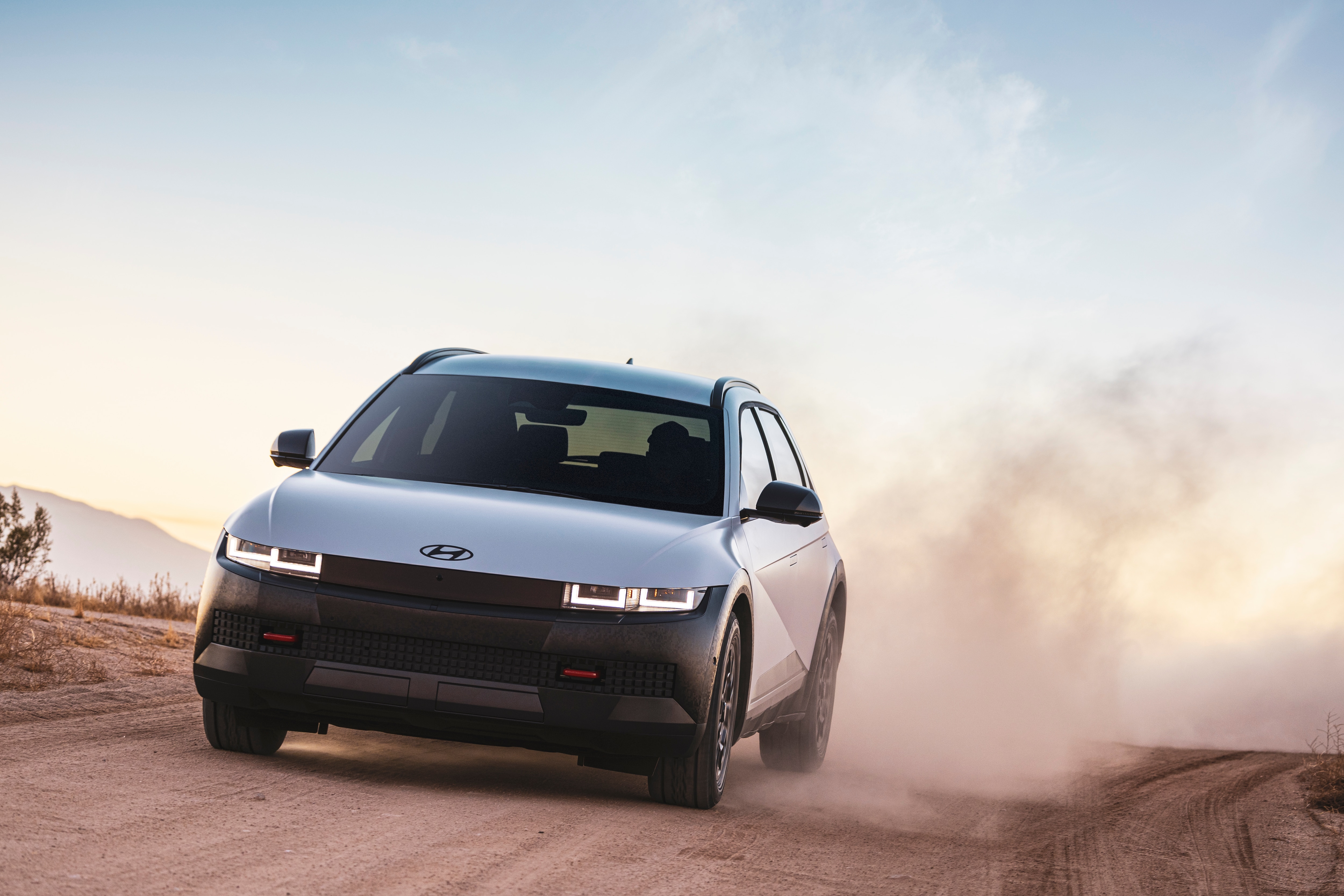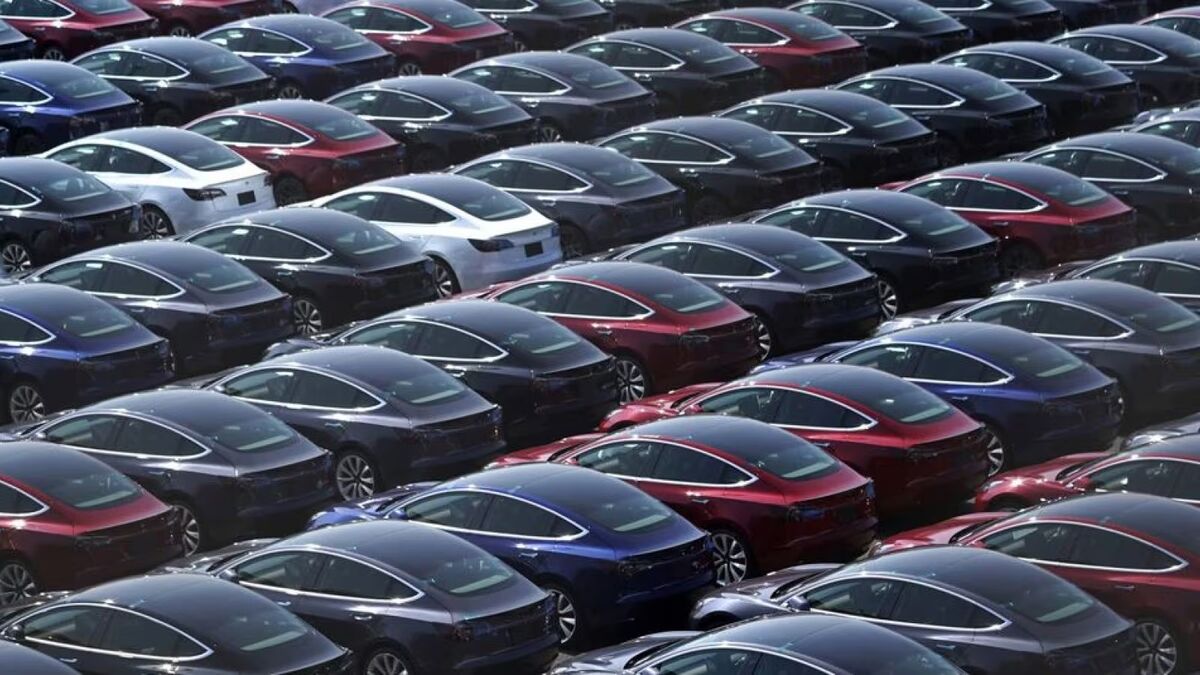The rise of electric vehicles (EVs) will democratize speed. EVs make power figures that were once the province of rare supercars readily available on family cars.
That poses a problem for insurance companies.
Horsepower for the Masses
Engineers can more easily achieve high horsepower and torque numbers with EV designs than with gas-powered cars.
To add power to gasoline cars, engineers must give them powerful engines, turbochargers or superchargers, and more robust driveline components to handle the power. But they can add power to many electric cars with a few lines of code.
EVs are essentially modular. Most of today’s EVs are built from what automotive engineers call “skateboard platforms.” A skateboard platform is an almost flat unit combining a battery, one or two electric motors, and suspension and steering components.
Once engineers have a working skateboard design, they can scale it up or down and build different vehicle bodies on top of it. Thus, an electric subcompact sedan and an electric full-size truck can share many components.
A low-power EV might have a single motor on the front or rear axle (for front- or rear-wheel drive). A more powerful model might have a motor on each axle (for all-wheel drive).
Some of the most powerful models on the market have as many as four motors, one per wheel.
Designers can also add power with simple programming. An automaker could build an electric motor capable of 400 hp but use software to limit it to 150, 250, and 400 for different trim levels.
Some even let users download extra power for a fee.
That easy access to power means automakers can build high-powered versions of everyday cars with relatively little effort.
Take the Hyundai Ioniq 5, for example. In its most commuter-friendly version, it puts out 168 hp. But Hyundai also sells 225- and 320-hp versions under the Ioniq 5 name, plus a high-performance variant called the Ioniq 5 N, good for 641 horsepower and a zero-to-60 mph leap in around 3 seconds. They all look like roughly typical family cars, if stylish ones.
Remarkably, the difference is mostly programming.
Actuaries Doing the Math
Putting that kind of power into a midsize car is fun for the buyer. It’s not fun for the actuary tracking the consequences.
Green Car Reports interviewed Xiaohui Lu, LexisNexis vice president of global business development. LexisNexis works with dozens of auto insurers – you may recall them for a cameo role in recent stories about automakers selling data on individual drivers to insurers.
Lu says “data has also shown that the extra torque delivered by the powerful EV motors (is) positively correlated with their loss cost.”
EV insurers, he says, face an “escalating profitability challenge.”
Lu stresses that the power of EVs alone doesn’t explain away their loss costs. “Higher torque vehicles often have higher prices, more expensive repair costs, and sometimes even higher daily mileages, all of which are also linked to increased insurance loss costs,” he explains.
Battery structure also plays a role. Tesla builds batteries as a single unit that can’t be disassembled and repaired in part. That strategy brings real manufacturing efficiency. But it means even a lightly damaged Tesla may need an expensive new battery. Insurers sometimes write them off after comparatively minor accidents.
Some other companies use modular batteries that can be rebuilt, so damaged batteries can be repaired, not replaced.
But putting all that power in more driveways may also lead to more accidents. LexisNexis data shows that EVs have 17% more claims than gas-powered cars, and 34% higher claim severity.
All-Wheel Drive, With EVs, Means More Torque
Green Car Reports notes, “AWD has a reputation for adding safety, but it hasn’t proven true in the way it’s implemented so far for EVs.”
When engineers add all-wheel drive (AWD) to a gas-powered car, they don’t have to make it more powerful. But they make an EV AWD by adding another motor.
Trim Level May Affect Insurance Costs
The result, Lu says, is that insurers are starting to treat higher-powered trim levels of some EVs as riskier.








